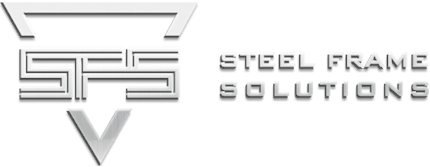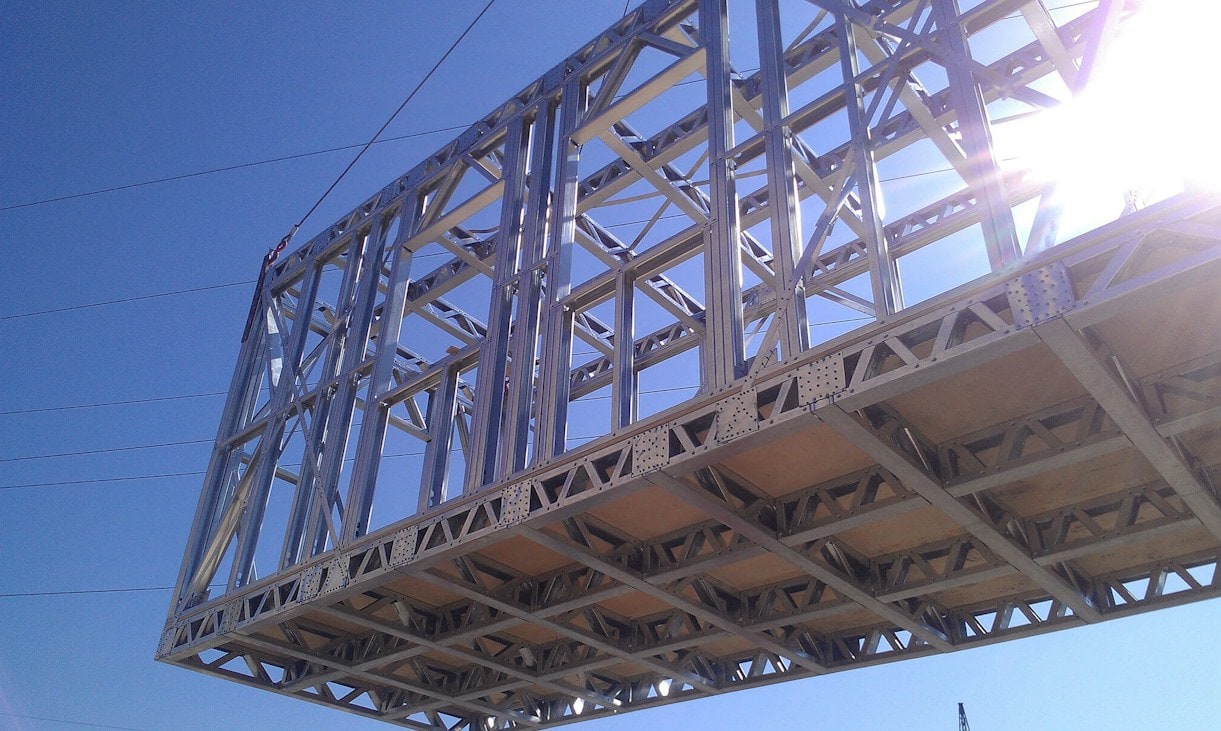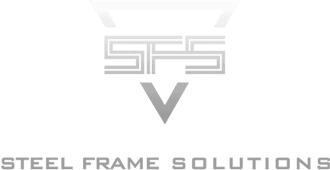How Cold Formed Steel Opens up Design Flexibility
Creating striking architectural design and aesthetics is not always easy to achieve using traditional construction methods and materials. Features such as large, unsupported expanses or unusual shapes and curves often require tight tolerances which are difficult to achieve using timber or masonry.
Additionally, traditional materials may not always meet performance requirements and codes. However, ambitious and awe-inspiring designs don’t need to be curtailed – cold formed steel offers architects and engineers the ability to design creative and unique buildings. Here’s how.
Unlimited Design Flexibility
For mid-rise, multi-storey buildings, cold formed steel framing provides a safe and efficient construction method. Steel members can be specified in different strengths and thicknesses for optimum load distribution throughout the building, providing the flexibility to arrange the building’s framing to suit the design objectives and safety and performance requirements. The spacing of members can also be varied, as cold formed steel is stronger than traditional materials, allowing spacing up to 609mm (24”) instead of 406mm (16”).
Larger Unsupported Spans
The increased strength of cold formed steel members is also useful for creating large, open spaces – think soaring vaulted ceilings, extensive unsupported roofs, and towering walls. Where other materials may struggle to cope with the vertical and horizontal loads, cold formed steel provides the support and versatility to create unique, distinctive building features.
Unique Design Shapes
Curves and obliques are complicated to design to code, and even more complicated to construct. But with cold formed steel framing, complicated alignments and connections can be designed to meet loading conditions and standards thanks to the high strength and superior performance of cold formed steel.
Enhanced Safety and Performance
Cold formed steel is an isotropic material, so members are more consistent in terms of properties and performance than materials such as timber. Its dimensional stability and durability mean it won’t warp or split, providing superior longevity and durability. Concentrated loads are also more easily resisted by cold formed steel due to its’ high strength. Fire, acoustic, and thermal ratings are also easy to achieve using cold formed steel.
Unparalleled Precision
Because steel is fabricated to exact standards, it provides unmatched precision. Cold formed steel members can be accurate to within 1.6mm (1/16”), allowing even complicated designs to be constructed more easily and with less waste than with traditional materials. In addition, the precision of cold formed steel provides more confidence in the building’s performance while in use.
Improved Sustainability Design
Unlike traditional materials, cold formed steel framing can be recycled at the end of the building’s life. In fact, for projects hoping to gain LEED accreditation, steel-framed buildings can often gain additional building material credits for life cycle assessment, environmental product declarations, and improved product transparency due to the availability of consistent material data.
The Ideal Design Material
The wide range of benefits that cold formed steel offers architects, engineers and designers makes it the perfect material for mid-rise buildings with unique and creative architectural features. Using cold formed steel opens up a large range of design options and design flexibility.
Find out how Steel Frame Solutions Limited can help your business. Contact us today.
We’re social, follow us on Facebook, Instagram, LinkedIn and Twitter.








